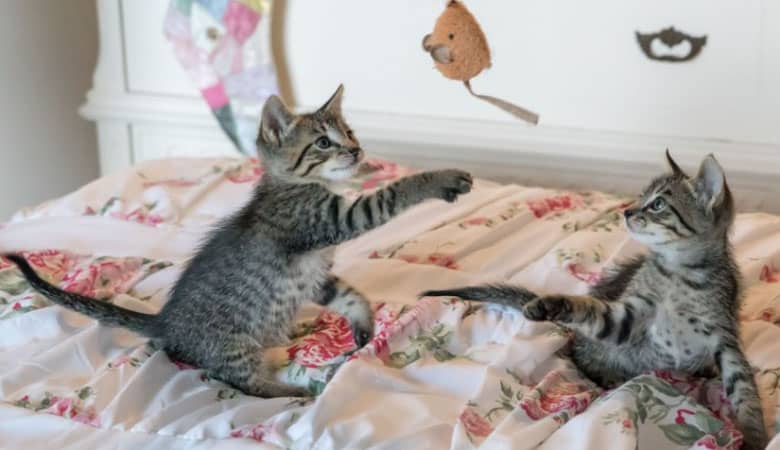How to Make Sure Your Home is Safe for Cats

When it comes to owning a cat, one of the most important things you can do is make sure your home is safe for your furry feline friend. However, cats are naturally affectionate, loyal and curious creatures who may be drawn to certain items or substances that can be fatal if ingested. To keep your cat (or cats!) safe and secure in their home, it’s essential to understand what items they should stay away from and what steps you can take to safeguard them against potential dangers.
Items to Keep Out of Reach of Cats
The first step to ensuring your home is safe for a cat is to keep any potential hazards away from your cat. Make sure all hazardous products are stored out of reach in secure cabinets or up high where cats cannot access them.
Some common items that cats should not have access to include:
- Cleaning products
- Pesticides and insecticides
- Medications (both human and animal)
- Plastic bags and wrappers
- Rubber bands and string
- Small objects such as coins or paper clips
- Electrical cords and outlets
- Batteries
- Antifreeze
- Candles or matches
- Hot surfaces such as stovetops or ovens
In general, you don’t want your cat to have access to anything they could bite, scratch or swallow that you wouldn’t put in your own body. While it may be difficult (or impossible) to deny access to all of the items in the above list, the main idea is that you want to minimise the risk of danger as much as possible.
Plants That Cats Cannot Eat
In addition to keeping hazardous items out of reach of cats, it’s also important to make sure they are not exposed to any potentially toxic plants. Common houseplants and flowers that are poisonous when ingested by cats include:
- Lilies (all species)
- Ivy (all species)
- Oleander
- Amaryllis
- Tulips
- Chrysanthemum
If you have any potentially toxic plants in your home already, make sure they are kept well out of reach or replace them with non-toxic options such as spider plants or marigolds.
Situations To Avoid
There are certain situations you should avoid in order to keep your cat safe. Never leave your cat alone with young children or other pets who may not be aware of how fragile cats can be. Also avoid leaving windows open where cats could jump out or predators such as birds or snakes could enter the house. You should also, never leave food unattended where cats can get into it – this could lead to choking hazards or poisoning, especially since there are many human foods that cats cannot digest.
Secure Openings
Almost a third of cat owners will experience their cat getting lost at some point in their life. While a majority of cats do come back, the stress and worry involved is nothing to joke about – and even if they do return, there is always the risk that the cat has sustained some sort of injury during their absence.
Cats are natural explorers, so it’s important to check all windows and doors that open to the outside world and ensure that they can be securely shut when not in use. This will prevent a curious kitty from escaping or getting into any potentially dangerous situations outdoors.
Household Items That Can Be Dangerous For Cats
Finally, there are some household items that can be dangerous when left around cats. These include normal household furniture such as rocking chairs or appliances such as washing machines or dryers. Be aware of where your cat is at all times when using these items, as curious cats can get themselves into or onto these items, potentially putting themselves at risk.
Even cat-specific items can be a potential hazard to your cat. Poorly constructed cat towers or scratching posts can pose a risk of injury, especially if they fall apart while your cat is using them. It’s best not to skimp on these items since they’ll be a major part of your cat’s life.
Conclusion
Keeping your home safe for a cat requires careful consideration of both potential hazards within the environment and your cat’s needs. By following these guidelines ,you’ll be able to ensure that your home is safe for a cat before bringing them into the house.




